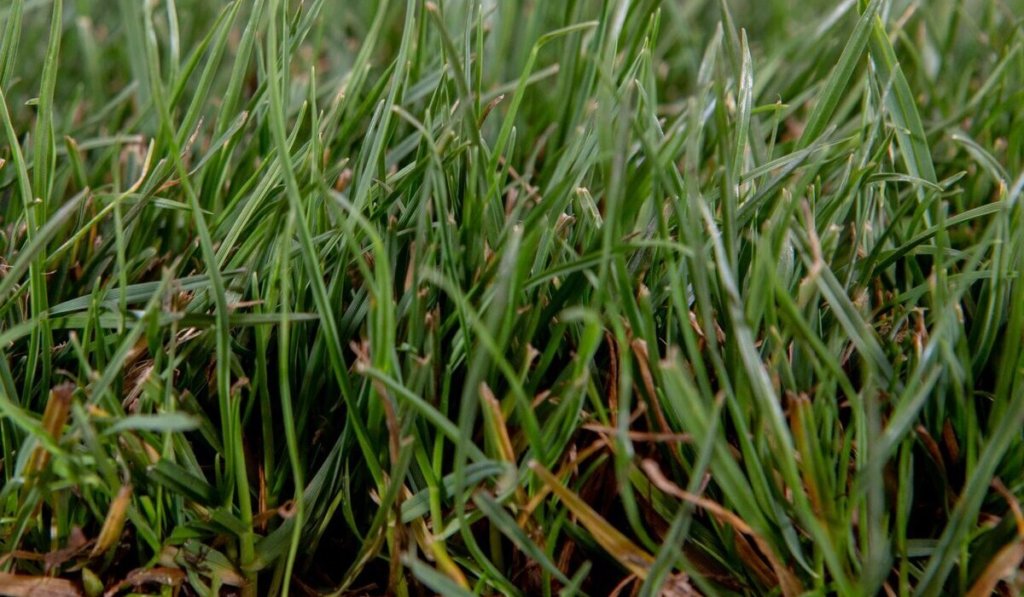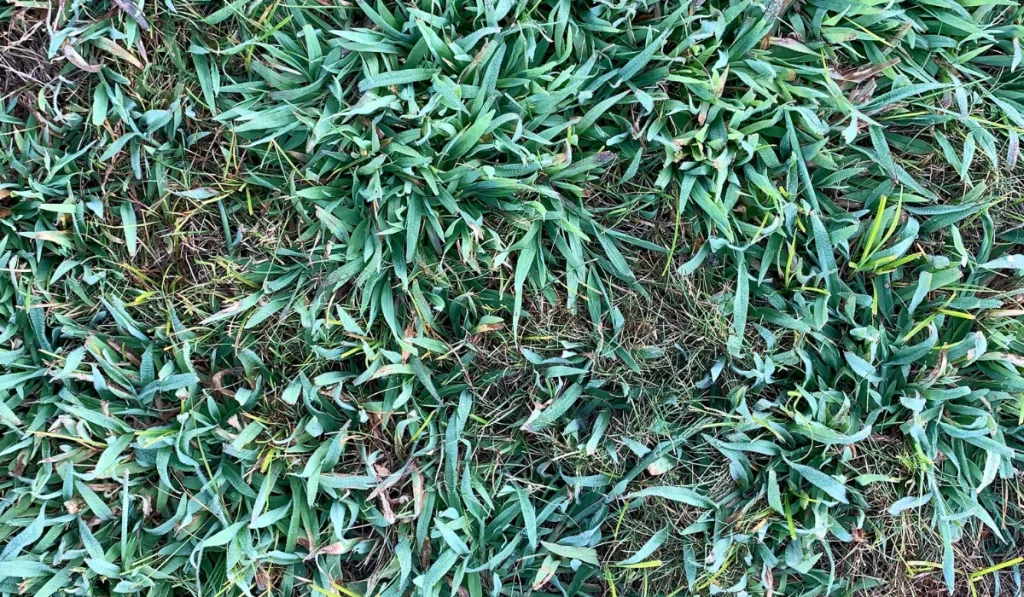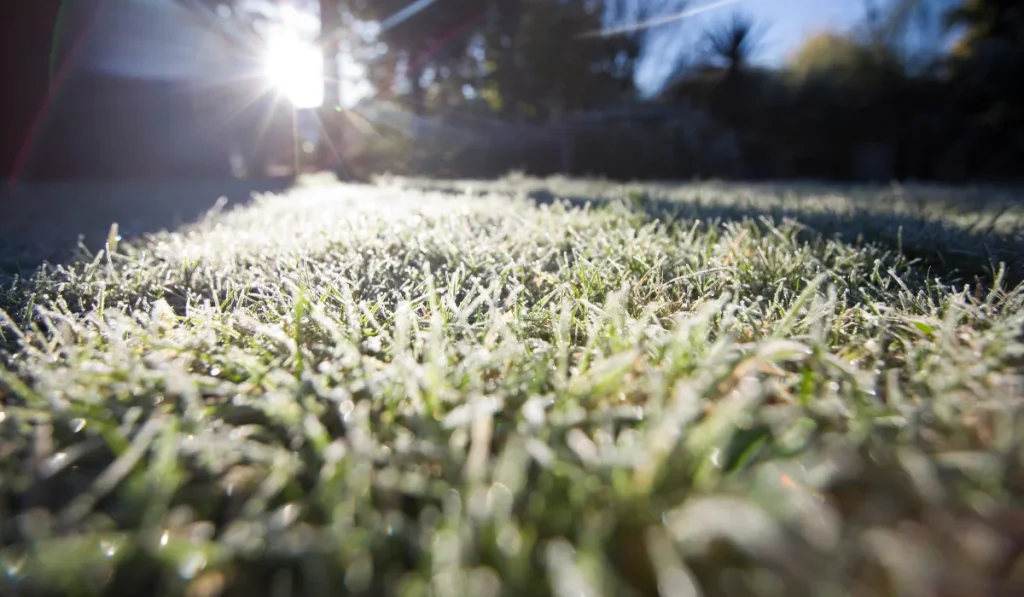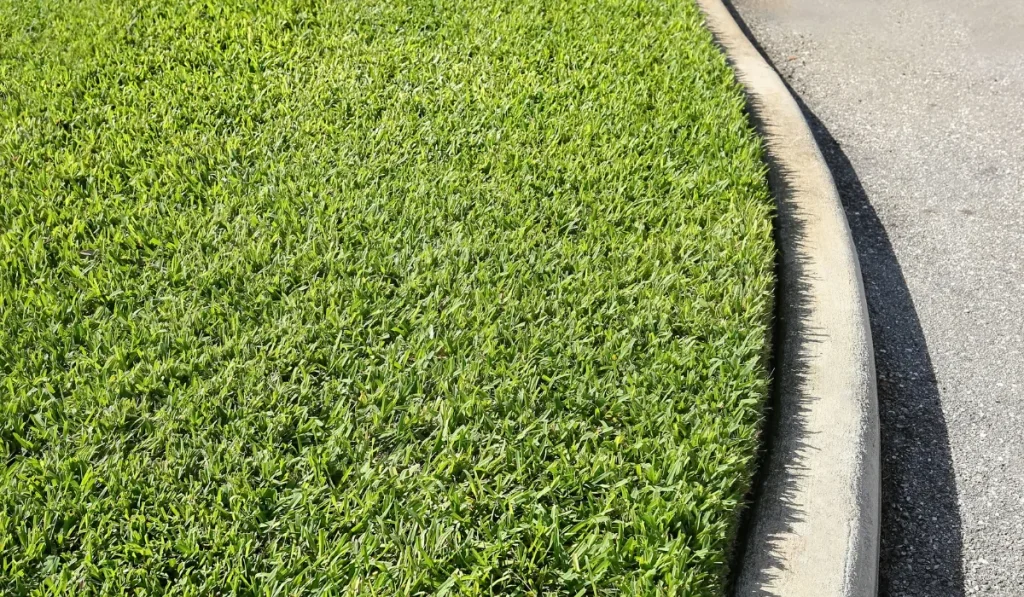If you’re looking for a way to improve your home’s curb appeal, then you should consider installing blue-rye sod, a type of grass that is known for its beauty and durability.
Key Takeaways
- Blue rye sod is a type of grass for home lawns that contains mixtures of perennial ryegrass seed and Kentucky bluegrass.
- Though it prefers full sun to partial shade, it is a grass species that performs quite well in the late spring and early summer.
- It can be used for erosion control and is commonly used for high-traffic areas like athletic fields and golf courses.
What Is Blue-Rye Sod?
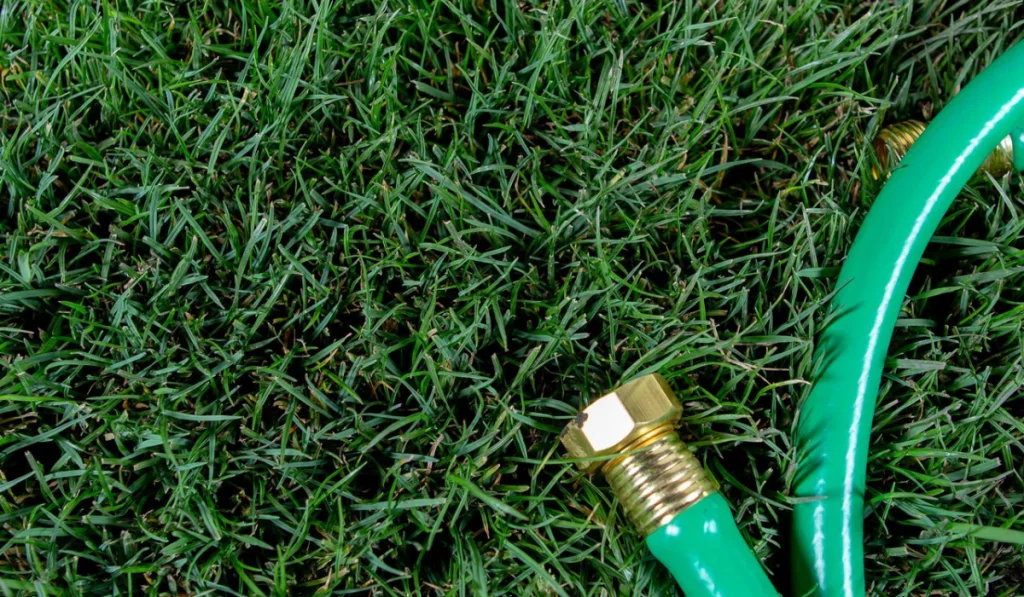
Blue-rye sod is a popular choice for homeowners and businesses looking for a fast-growing, durable grass. The blend of three Kentucky bluegrass varieties and three perennial ryegrass varieties and annual ryegrass is known for its fast growth habit and bright green coloring.
Blue-rye sod is quick to root and regrow, making it an ideal choice for high-traffic areas. It can also help to fill in damaged areas, making your lawn look its best. If you’re looking for a Sod that will give you a beautiful lawn with minimal maintenance, blue-rye sod is the way to go.
Here are some key characteristics:
| Color | Bright green |
| Drought Tolerance | 7/10 |
| Disease Tolerance | 7/10 |
| Shade Tolerance | 6/10 |
| Heat Tolerance | 7/10 |
| Winter Color | 6/10 |
| Recovery from Moderate Wear | 8/10 |
Pros of Choosing Blue-Rye Sod
Blue-rye Sod is a type of cool season grass that is commonly used for turf. It is a hybrid of two different grasses, ryegrass, and bluegrass. Blue-rye Sod is known for its dark blue-green color and its ability to withstand high levels of wear and tear. This makes it an ideal choice for areas that will experience a lot of foot traffic, such as sports fields or parks.
Blue-Rye Sod is also relatively low maintenance, requiring only occasional mowing and watering. For these reasons, Blue-Rye Sod is a popular choice for both commercial and residential applications.
Let’s take a closer look at the benefits of choosing blue-rye sod for your next lawn.
Better Density
One of the most significant advantages of blue ryegrass sod is its density. This grass grows more closely together than traditional bluegrass, which means that it is less likely to develop bare patches. In addition, the dense growth habit of blue ryegrass helps to crowd out weeds, resulting in a healthier lawn.
Faster Wear Recovery
Blue rye sod is relatively resistant to disease and pests, and it has a deep root system that helps it to withstand heavy foot traffic. In addition, blue rye sod is known for its ability to recover quickly from damage.
Low Maintenance
Blue-rye sod is very drought tolerant, meaning it requires less water than other types of grass. And it only needs occasional mowing and edging. However, the biggest advantage of blue-rye sod is that it establishes quickly, meaning you can enjoy your new lawn in just a few weeks.
More Resilient in Winter Months
Blue rye sod is a type of grass that is known for being more resilient in the winter months. This means that it is less likely to become damaged by frost or snow. It is also more resistant to disease and pests.
As a result, blue rye sod is a popular choice for lawns in colder climates. If you live in a warmer climate, you may want to consider warm season grasses instead.
Cons of Choosing Blue-Rye Sod
When it comes to choosing the right type of sod for your lawn, there are many factors to consider. One popular option is blue-rye sod, which is known for its drought tolerance and disease resistance. However, there are also some drawbacks to this type of sod.
Less Compatible with Shady Areas
Blue-rye grass is a variety of rye grass that is characterized by its blue-green color. It is also known for being less compatible with shady areas than other types of rye grass.
As a result, it is often used in sunny areas, such as golf courses and parks.
Maintenance Tips for Blue-Rye Sod
Blue-rye sod is the best option for those who want turf grass that is both beautiful and durable. It is best to lay your sod in late spring or early summer, when the weather is warm and the days are long.
Blue-rye sod is a perennial rye that is known for its ability to withstand heavy traffic and extreme weather conditions. It is also one of the most versatile turf grasses, as it can be used in a variety of different soil types. When laid and cared for properly, blue-rye sod will provide you with a beautiful lawn that will last for years to come.
Watering
When it comes to watering your lawn, there are a few things to keep in mind. First, how much water does your lawn need? This can vary depending on the age of your sod lawn, the time of year, and the weather conditions. For most types of grass, including blue-rye sod, 1-2 inches of water per week is sufficient.
However, during hot summer months or when your grass is first becoming established, you may need to water more frequently to prevent the grass from turning brown.
In general, it’s best to water early in the morning so that the sun can help dry off the leaves. Watering in the evening can encourage fungus growth. The best way to water grass is with a sprinkler system that evenly distributes water over the entire lawn. Hand-watering can be hard work, and it’s easy to overwater or underwater areas.
By following these simple tips, you can ensure that your lawn stays green and healthy all season long!
Fertilization
Spring is the time to revitalize your lawn and get it ready for the warmer months ahead. One of the best ways to do this is to fertilize your blue rye sod.
Fertilizing helps to promote new growth and gives your lawn the strength it needs to withstand the heat and foot traffic of summer. Blue rye sod is a bit more delicate than other types of grass, so it’s important to be careful when applying fertilizer.
Too much fertilizer can burn the roots and damage the blades, so it’s best to err on the side of caution. For best results, fertilize in four to eight-week intervals during warm weather, depending on your lawn’s color.
A light green lawn is an indication that it’s time to fertilize. When in doubt, consult a lawn care expert. Once you’ve determined how much fertilizer to use, apply it evenly across the surface of your lawn using a spreader. Be sure to follow the label directions carefully.
With a little TLC, your blue-rye sod will be looking its best in no time!
Mowing
Mowing is an important part of keeping your lawn healthy and looking its best. Here are some tips on how to mow your lawn.
First, know that you should mow 12-14 days after installation. Mow to a height of 1-1/2 to 2 inches.
Blue-Rye sod should be mowed about once a week during the warm season. Never mow more than one-third of the blades at one time.
By following these simple guidelines, you can ensure that your lawn stays healthy and looks great all season long.
Weeds & Insects
After all the hard work of planting and watering, it’s time to sit back and enjoy the fruits of your labor.
But wait – there’s one more important step to ensure that your lawn stays healthy and looking its best: pest control. Once your sod has been established for at least four weeks, you can begin to apply pesticides to help control any insects that may be harmful to your grass.
Because different areas have different conditions when it comes to pests and weeds, it’s best to consult with a local garden center or turf specialist to find out what specific products and application rates are best for your lawn. With just a little bit of extra care, you’ll be able to enjoy a beautiful, healthy lawn for years to come.
The Bottom Line
If you are looking for a beautiful and lush lawn, blue-rye sod may be the perfect option for you.
This type of sod is known for its dark green color and deep roots, which make it resistant to drought and pests. In addition, blue-rye sod is easy to care for and can help improve the soil quality on your property.
So if you are thinking about installing a new lawn this year, be sure to consider blue-rye sod as your top choice.
